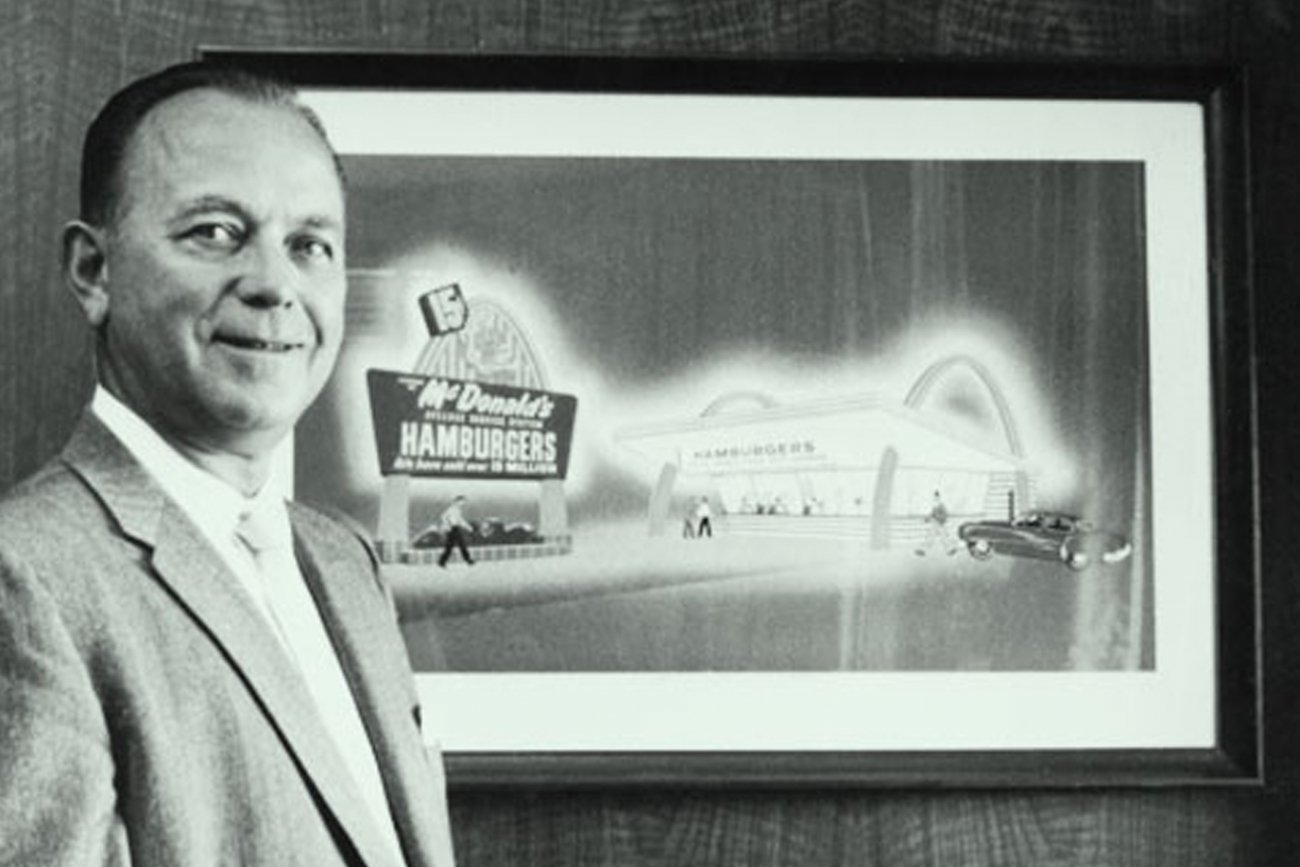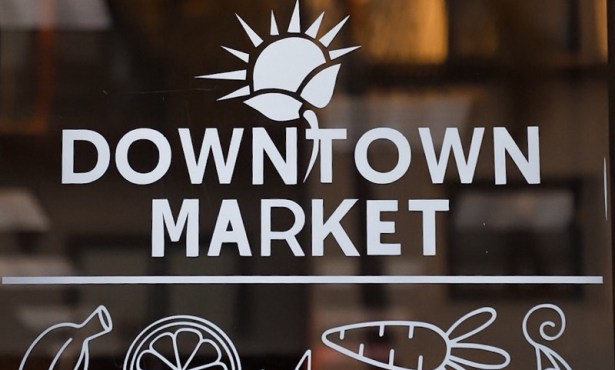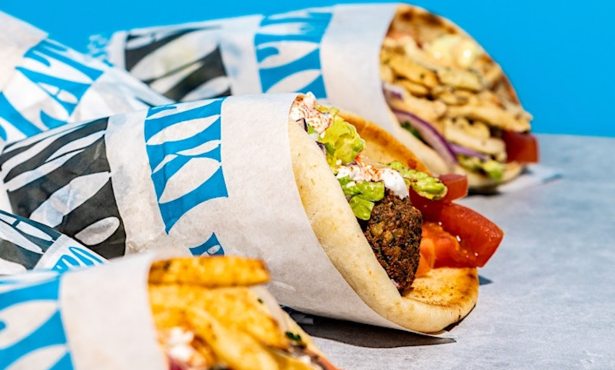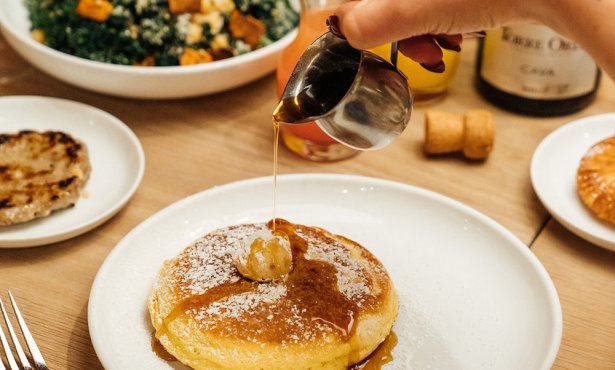Happy Meals and Happy Canyon
Ray Kroc’s Santa Ynez Valley Ranch and the Legacy of McDonald’s

Burgers are bigger than McDonald’s, but McDonald’s is also bigger than burgers. In the past five decades, the world’s most successful restaurant chain has come to stand for many things, including the health risks associated with fast food, the effectiveness of mass marketing, the advantages and pitfalls of globalization, and, last but not least, the impact of large-scale philanthropy.
At the same time that chefs of all kinds have liberated burgers from the fast-food category, McDonald’s has kept its Golden Arches profitable by applying its burger technology to proteins other than ground beef. For example, the breakfast sandwich known as the Egg McMuffin, which was invented in Santa Barbara on Milpas Street in 1972 by Herb Peterson, remains a force to be reckoned with, as the 2016 decision to offer breakfast all day at many McDonald’s is credited with putting the company in the black for the first time in years.
Less well-known than the McMuffin, but in many ways just as important for the legacy of McDonald’s, is another Santa Barbara County connection. Ray Kroc, McDonald’s powerhouse leader in the prime years of its expansion, owned a ranch in Santa Ynez and built an elaborate home there on Happy Canyon Road in the late 1960s. In her fascinating 2016 book Ray & Joan: The Man Who Made the McDonald’s Fortune and the Woman Who Gave It All Away, Lisa Napoli reveals the pivotal role played by Kroc’s J and R Double Arch Ranch in what would become the supersized philanthropic legacy of the McDonald’s fortune.
Kroc was newly married to his second wife, Jane, when he fell in love with our region on a trip to the Alisal Ranch in 1966. Flush with an almost unimaginable amount of cash from McDonald’s initial public offering in 1965, and in an effort to impress Jane, who was part of a Beverly Hills social set that included other such gentleman ranchers as John Wayne, Kroc paid $600,000 sight unseen for the property in Happy Canyon. He then proceeded to build an elaborate compound that would serve multiple purposes: family vacation home, corporate retreat, food laboratory, and conference center for the newly established entity known as The Ray Kroc Foundation.
To head the foundation, Ray appointed his brother, Bob, a zoology PhD and a successful inventor in the pharmaceutical industry. Through a convoluted series of events, all of them lovingly detailed in Napoli’s book, Ray soon wound up divorced from Jane and married to his third wife, Joan, who graciously came with the same initial as her predecessor, so that the name of the ranch could remain unchanged. The serious scientific work that Bob Kroc conducted at the ranch in Happy Canyon now exists as an archive at the UCSB Library — 150 linear feet of it, in 139 boxes. As Bob defined it, the foundation existed to support research, primarily medical, into issues that had an impact on the Kroc family.
Bob Kroc’s best student in this endeavor turned out to be his new sister-in-law “Joni,” as she was known, who watched and learned while eminent scientists made the pilgrimage to her home from the airport in Santa Barbara. In the years that followed, the Krocs moved again, to La Jolla, where Joan established her own interests as worthy of foundation funding, including a project known as “Operation Cork” (“Kroc” spelled backward) that was designed to help the families of alcoholics and to raise awareness of alcoholism among medical professionals.
Ray was a volatile man, and Joni felt his mood swings were aggravated by a lifelong dependency on the Kentucky whiskey Early Times. One of the most poignant features of the grand main house in Happy Canyon was a serve-yourself automated bar, kind of like a McDonald’s soft-drink dispenser, but with Tiffany cut-glass goblets and premixed cocktails instead of wax paper cups and Coca Cola.
When Ray died in 1984, the gregarious and talented Joan Kroc stepped up her personal philanthropy, even as the original foundation dwindled in importance. When she died in October 2003, her will included gifts of $1.6 billion to the Salvation Army and more than $220 million to National Public Radio. In Napoli’s sinuous and sophisticated account of their intertwined lives, it is the time that Ray and Joan Kroc spent in Santa Ynez that proved pivotal in her development as one of the most influential and important philanthropists of the era. While her gifts have since been eclipsed in sheer size by Warren Buffett and Bill Gates, Joan Kroc stands apart as an iconoclast and an inspiration.
Of course, the story of McDonald’s, no matter how you approach it, remains a polarizing subject. When I spoke with Napoli by phone last week, she was delighted to share her comprehensive knowledge of both the Krocs and their company. “The reception of Ray & Joan has been complicated,” she said of her book. “It’s great that so many people turn out for my readings and signings, but I still field angry and suspicious questions from both sides …. People want to know if I am paid to represent the company. I am not, and I don’t eat at McDonald’s.”
Instead, her intentions were much different. “I’m a historian, and the birth of fast food is an important part of the history of California and the American culture of cars and speed,” said Napoli. As to the Krocs, she explained, “There are people who hate Ray, and there are other people who hate Joan. I’m not in either camp.” She’s also getting hit with questions about the recent Michael Keaton–starring film The Founder. “No, it’s not based on my book,” she said, “and no, it’s not accurate.”
How fascinating, and fitting, that this highly personal legacy of philanthropy has roots in Santa Barbara, where nonprofits outnumber fast-food franchises and where people who have made it elsewhere often come to begin another chapter, one more about giving than receiving. Here’s a fun fact about recent McDonald’s history: In 2004, just one month after Morgan Spurlock’s documentary Super Size Me picked up the directing award at the Sundance Film Festival, McDonald’s abandoned the ordering category known as “supersize.” Two months later, in May, they introduced, for a short time, the “Go Active!” adult Happy Meal, a salad in a box that came with a pedometer and a pamphlet offering exercise advice. Although the company has always denied that it was in any way influenced by the Spurlock film, there’s no question that the “adult Happy Meal” would have been a welcome development in Happy Canyon.
For more Burger Week 2018 stories, go here.



